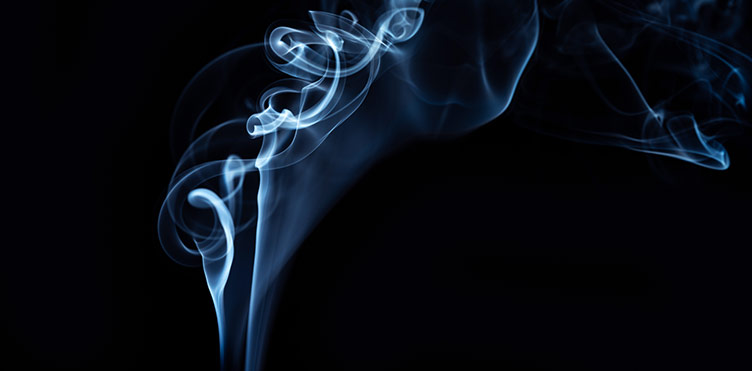E-cigarettes, waterpipes, smokeless tobacco and flavoured tobacco

E-cigarettes and vaping
Vaping is the act of inhaling and exhaling an aerosol produced by a vaping product, such as an electronic cigarette. Vaping doesn’t require burning like cigarette smoking. The device heats a liquid into a vapour, which then turns into aerosol which is breathed in by the user through a mouthpiece. The aerosol is often flavoured and may contain dozens of chemicals and nicotine.
Understanding the risks
Vaping products are harmful and pose health risks. Vaping devices, and vaping e-liquids and salts, contain very high concentrations of nicotine.
Vaping products have many different names and devices are usually battery-powered and come in many shapes and sizes.
Current and relevant vaping resources are challenging to find as the evidence in this area is changing so quickly. While now out-of-date, Health Canada can provide helpful insights and information.
Dangers of E-cigarettes and vaping products
New Brunswick currently has the highest vaping prevalence among youth in Canada.
Flavoured e-cigarettes and vaping products have been rapidly rising in popularity among non-smokers, especially youth, raising concerns among parents, teachers and health care professionals. For many non-smokers, vaping can become a gateway towards smoking cigarettes and using other tobacco products or cannabis.
A great resource for current, relevant, evidence-based information is the Truth Initiative. While a great resource for information, The Truth Initiative does not offer vaping and smoking cessation youth support for Canadian residents.
Long-term consequences
The long-term consequences of vaping are unknown. Health Canada and the World Health Organization do not recommend the purchase or use of electronic cigarettes because of the potential health risks and the lack of testing for safety, quality and efficacy.
While e-cigarettes and vaping devices are thought to be less harmful than smoking cigarettes, vaping still puts harmful chemicals like formaldehyde and acrolein, and metals and contaminants like nickel, tin and aluminum in your lungs. Vaping can efficiently deliver nicotine to the body, causing one to crave it more and more, which can lead to an addiction and physical dependence.
It's rare, but defective vaping products (especially batteries) may catch fire or explode, leading to burns and injuries.
Health Canada and the New Brunswick Government have issued statements warning the public about the potential dangers of vaping product use.
The Government of Canada is investigating the emergence of vaping-associated lung illness, also known as severe pulmonary illness, associated with vaping. There have been many cases reported in the USA and a few in Canada – which raises concern about the immediate risks and potential long-term effects of vaping.
Vaping as a smoking cessation aid
Vaping is not officially recognized nor endorsed as a smoking cessation aid, since many less harmful therapies exist and have been proven effective. You should be careful and seek professional advice when considering vaping products to quit smoking.
Waterpipes
Waterpipe, hookah, or shisha all disguise their harmful tobacco smoke in myths of water filters and sweet candy flavors. A single puff from a water pipe (450 mL) is nearly equal to the volume of smoke inhaled from an entire cigarette (500 mL).
Water pipe smokers often falsely believe that this form of tobacco use is less harmful than smoking cigarettes. When hot smoke passes through water at the base of the water pipe, the smoke cools, and is then easily and deeply inhaled by even first-time tobacco smokers. The heavily flavored and cooled water pipe smoke is inhaled in massive quantities. The water’s cooling effect may be more harmful by enabling water pipe smokers to inhale smoke deeper into their lungs.
Water pipe smoking has been associated with elevated risks of lung, lip, mouth, and esophageal cancers. As widespread waterpipe use is a recent phenomenon, large-scale high-quality studies on the long-term health effects of water pipes are still forthcoming. However, health scientists confidently predict that water pipe smoking will cause large-scale sickness and death similar to other forms of inhaled combustible tobacco products like cigarettes.
Smokeless tobacco
Smokeless tobacco, while less harmful than combustible tobacco, is not harmless. More than 40 types of smokeless tobacco products (e.g. chewing tobacco, gutkha, pan masala, snus, chew, etc.) are consumed by nose or mouth, by more than 300 million people around the world. Snuff and snus continue to be attractive to young people, as they often see their favourite sports celebrities chewing tobacco at sporting events.
Flavoured tobacco
The tobacco industry is constantly finding new ways to attract people to use tobacco products. Up until 2016, flavoured tobacco products were available for purchase in New Brunswick and were particularly attractive to young people, as well as non-smokers, trying out tobacco for the first time. New Brunswick banned flavoured tobacco products, including menthol, in 2016, to help lower smoking initiation rates and protect young people from the harmful effects of a lifelong addiction to nicotine.
